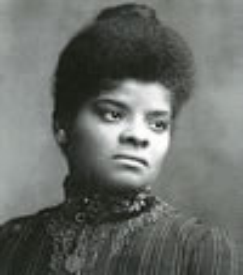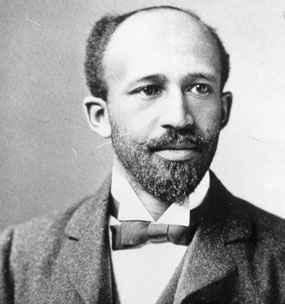Author’s note: This part of my unpublished 2002 essay, “Not the Subject but the Premise: Postcards from the Edge of Du Bois’ Black Belt,” is reproduced here for comment and as fodder in the body of work upon which I am drawing for my sabbatical project. I consider it to be a failed work with some useful nuggets.
Works Cited
1. Byfield, Natalie. “Race, Gender and the Future of the News.” (Keynote address.) The College of New Jersey, April 9, 2001.
2. Cook, Timothy. Governing With the News: The News Media as a Political Institution. Chicago: University of Chicago Press, 1998. P. 93
3. Du Bois, W.E.B.” The Souls of Black Folk. NY: Bedford Books.© 1997
4. _____________ “Negroes and the Crisis of Capitalism in the United States,” Lewis, W.E.B. Du Bois: A Reader, NY: Henry Holt. 1994 p. 624
5. EPA webpages. http://www.epa.gov/superfund/sites/cursites/ncccity.htm#hamlet Imperial Foods Site an http://www.epa.gov/superfund/sites/cursites/c3nc/s0407296.htm. Accessed November, 2001
6. Eyewitness News Daybreak. “Health Team Nine.” December 29, 1999
7. Franklin, VP. “W.E.B. Du Bois as Journalist,” Journal of Negro Education, Vol. 56, No. 2 (1987). P. 240-244
6. Hinchman, Thompson. “Whose Protecting Whom?” Dateline NBC. August 1, 1999
7. Hochberg, Adam. “The owner of a North Carolina chicken processing plant has been sentenced to nearly 20 years in prison for manslaughter.” Morning Edition. September 15, 1992.
8. ______________E-mail to Kim Pearson. January 24, 2002
9. Hood, John. “OSHA’s Trivial Pursuit in the Workplace,” Policy Review. Summer, 1995, Vol. 73
10. Kennedy, Randall. “My Race Problem – And Ours.” Atlantic Monthly Online. May, 1997. http://www.theatlantic.com/issues/97may/kennedy.htm
11. Kilborn, Peter T. “In Aftermath of Deadly Fire, A Poor Town Struggles Back” New York Times. November 25, 1991
12. .Labar, Gregg. “Hamlet, N.C.: Home to a National Tragedy.” Occupational Hazards, September, 1992
13. Lewis, David Levering. W.E.B. Du Bois: Biography of a Race. NY: Henry Holt. 1994
14. ________________. W.E.B. Du Bois: A Reader. NY: Henry Holt. 1994
15. Lule Jack. Daily News, Eternal Stories, NY: Guildors Press. @2001. p. 32
16. May, Lee. Plant Fire Held Unlikely to Spur Major Reforms…” Los Angeles Times, September 11, 1991
17. Mindich, David T.Z. Just the Facts: How Objectivity Came to Define American Journalism. NY: New York University Press, 1998.
18. New York University Department of Journalism. “Best American Journalism of the 20th Century.” http://www.infoplease.com/ipea/A0777379.html
19. North Carolina Department of Corrections Public Access Information Database. Accessed August, 2001.
20. North Carolina General Assembly. ”An Act to Appropriate Funds for the Cleanup of the Abandoned and Hazardous Imperial Foods Facility in Hamlet, North Carolina.” http://www.ncga.state.nc.us/html1999/bills/CurrentVersion/house/hbil1818.full.htm
21. OSHA database. Accessed, November, 2001.
22. Pearson, Kim. Interview with Martin Quick. January 13, 2002.
23. ___________. Interview with Jimmy Broughton, April 1, 2002.
24. ____________. Inteview with Terry Cox, May 3, 2002.
25. Primack, Phil. “We all Work, Don’t We?” Columbia Journalism Review. Sept. 1992
26. Riley, Nano. ” Hamlet: The Untold Story”. Aubrey Organics. Winter 1995.
27. Sheats, Nicky. “Lecture on Environmental Justice.” The College of New Jersey. April 15, 2002.
28. Tabor, Mary. Poultry Plant Fire Churns Emotions Over Job Both Hated and Appreciated. New York Times. September 6, 1991.
29. Wicker, Thomas G. E-mail to Kim Pearson. April 3, 2002











